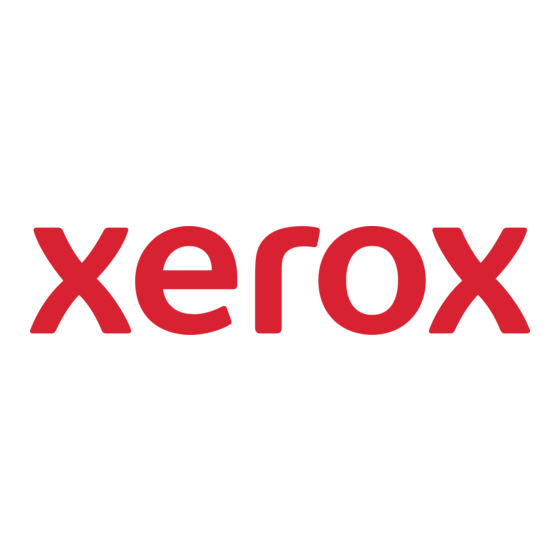Xerox Phaser 7750 Посібник з кольорознавства
Переглянути онлайн або завантажити pdf Посібник з кольорознавства для Програмне забезпечення Xerox Phaser 7750. Xerox Phaser 7750 4 сторінки. Color laser printer
Також для Xerox Phaser 7750: Технічні характеристики (4 сторінок), Посібник користувача (35 сторінок), Брошура (8 сторінок), Посібник користувача (4 сторінок), Технічні характеристики (2 сторінок), Посібник з експлуатації мережі (8 сторінок), Швидке налаштування (5 сторінок), Додатковий посібник (5 сторінок), Ручні машини (5 сторінок), Додатковий посібник (2 сторінок), Додатковий посібник (16 сторінок), Посібник з інсталяції (6 сторінок), Посібник користувача (19 сторінок), Посібник користувача (3 сторінок), Посібник з технічного обслуговування (1 сторінок), Посібник з монтажу (33 сторінок), Короткий довідник (8 сторінок), Посібник з експлуатації (14 сторінок), Короткий довідник (8 сторінок), Короткий довідник (8 сторінок), Посібник з налаштування (2 сторінок), Документація користувача (17 сторінок), Посібник з налаштування (2 сторінок), Посібник з додавання пам'яті (2 сторінок)

